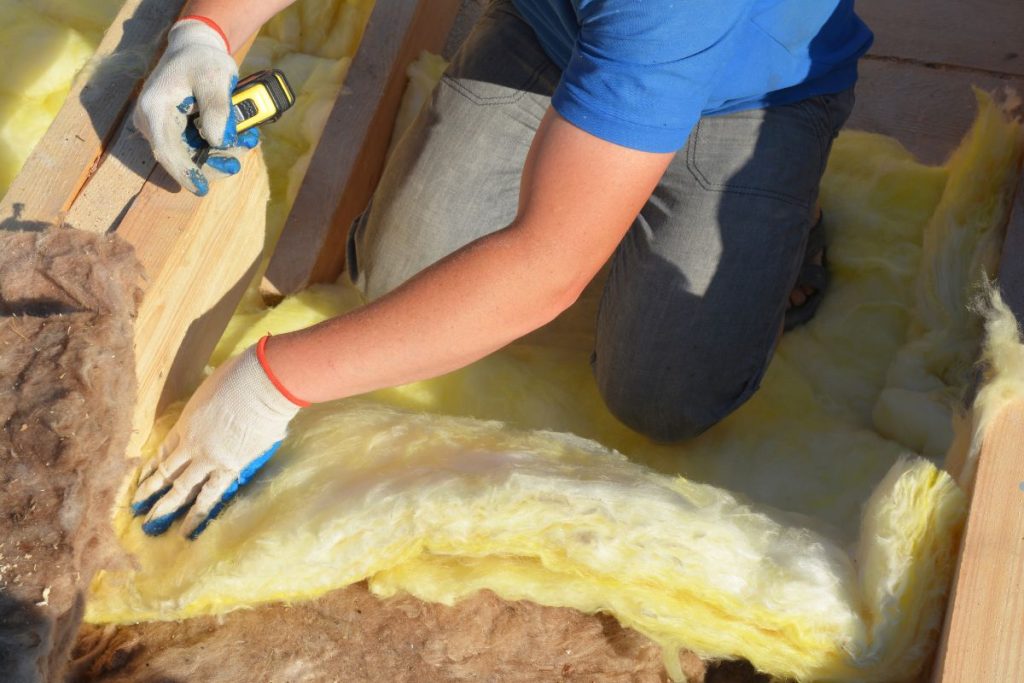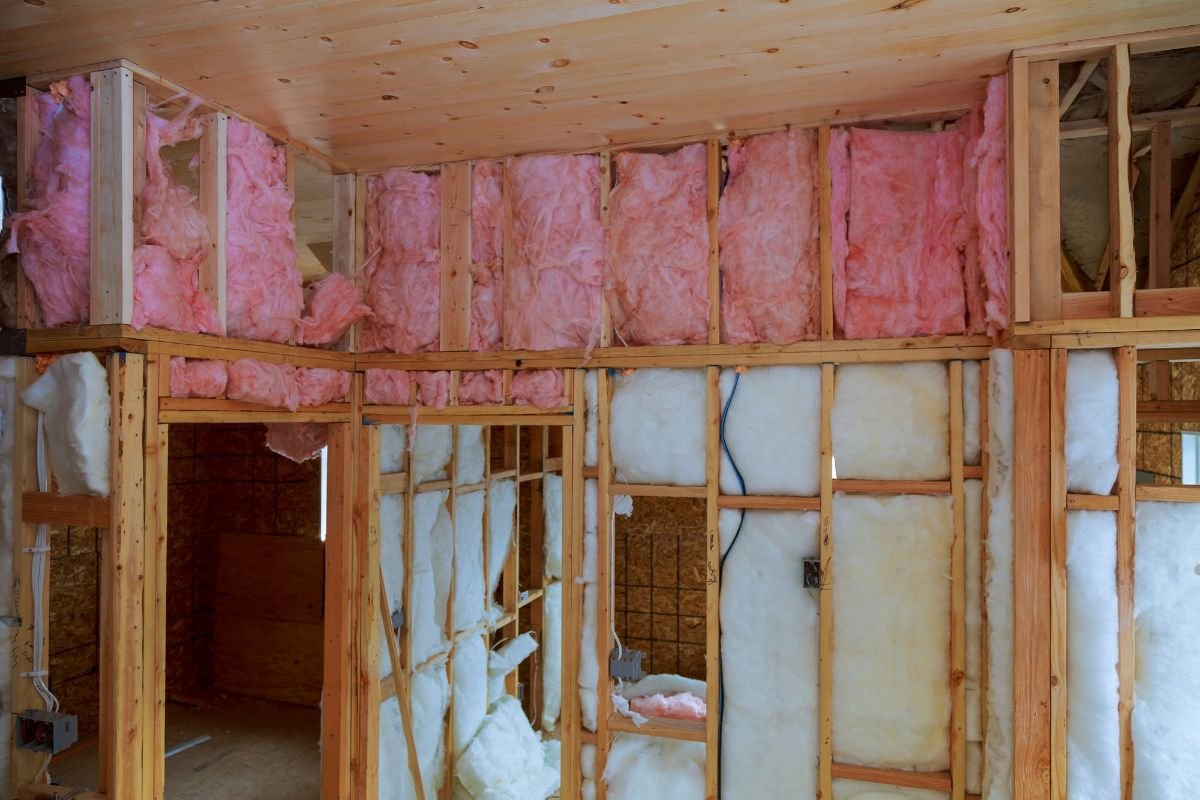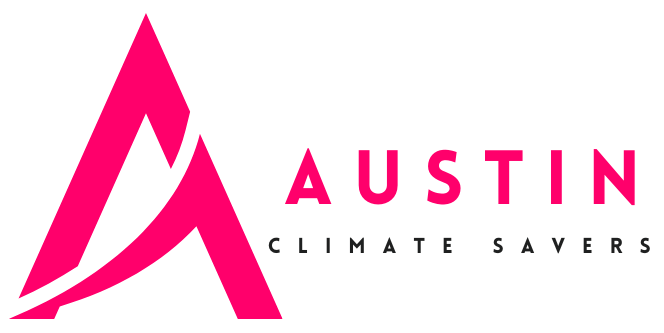
Determining what constitutes “normal” insulation in your home boils down to achieving optimal energy efficiency and comfort, and varies depending on your climate zone, the area being insulated (attic, walls, floors), and the type of insulation used. Generally, “normal” means having sufficient R-value (resistance to heat flow) to meet or exceed the recommendations set by the Department of Energy for your specific region. This guide helps you understand what’s normal, how to identify problems, and when to seek professional help.
Introduction
Imagine a cozy home, perfectly warm in winter and refreshingly cool in summer, without skyrocketing energy bills. Proper insulation is the key to achieving this. In the United States, a well-insulated home not only saves you money but also reduces your carbon footprint, contributing to a more sustainable environment. But what exactly is “proper” or “normal” insulation? It’s not a one-size-fits-all answer; it depends on several factors we’ll explore.
Explore our services to find the best insulation solutions for your home. From attic to wall insulation, we ensure energy efficiency and comfort. Call us now to get started!
Understanding R-Value
At the heart of insulation effectiveness lies the R-value.

What is R-Value?
R-value measures an insulation material’s resistance to heat flow. The higher the R-value, the better the insulation’s ability to resist heat transfer, keeping your home warmer in winter and cooler in summer. It’s crucial to understand R-value when assessing your home’s insulation needs. Different materials offer different R-values per inch of thickness, and the required R-value depends on your location’s climate and the specific area you are insulating.
Recommended Insulation Levels by Region (USA)
Insulation needs vary significantly across the United States due to diverse climate zones.
Insulation Zones in the USA
The Department of Energy has divided the US into climate zones based on heating and cooling degree days. Homes in colder climates require higher R-values to retain heat, while those in warmer climates need insulation to keep heat out.
Boost your home’s energy efficiency with our professional insulation services! From attics to walls, we ensure optimal comfort and savings. Call us now for a free consultation and get the best insulation solutions for your home!
Recommended R-Values for Attics
Attics are a primary area for heat loss in winter and heat gain in summer. The recommended attic insulation R-value generally ranges from R-30 to R-60, depending on your climate zone.
Recommended R-Values for Walls
Wall insulation requirements are typically lower than those for attics. Recommended wall R-values usually range from R-13 to R-21.
Recommended R-Values for Floors
Insulating floors, especially over unheated spaces like crawl spaces or garages, can improve comfort. R-values for floor insulation range from R-13 to R-30. You can find information for your home by seeing a professional to make sure you have the correct numbers.
Wondering if your home has the right insulation? Our guide covers everything you need to know for optimal energy efficiency. Need expert advice or an upgrade? Call us now for a free consultation and ensure your home stays comfortable year-round!
Types of Insulation Commonly Used in the US

Many insulation materials are available, each with unique properties and suitability for different applications.
Fiberglass Insulation
A popular and cost-effective choice, fiberglass insulation comes in batts, rolls, and loose-fill forms. It’s suitable for attics, walls, and floors.
Cellulose Insulation
Made from recycled paper, cellulose is an environmentally friendly option offering good thermal performance. It’s commonly used in loose-fill form for attics and walls.
Spray Foam Insulation
Spray foam insulation provides excellent air sealing and high R-value. It comes in closed-cell and open-cell varieties, suitable for various applications.
Mineral Wool Insulation
Made from rock or slag, mineral wool is fire-resistant and offers good thermal and acoustic performance. It’s available in batts and loose-fill forms.
Other Insulation Options
Other options include rigid foam boards, radiant barriers, and reflective insulation, each with specific applications.
Identifying “Normal” vs. Insufficient Insulation
How do you know if your home has “normal” or sufficient insulation?
Signs of Insufficient Insulation
Common signs include high energy bills, drafts, uneven temperatures between rooms, cold floors, and ice dams on your roof.
How to Check Your Insulation
You can visually inspect your attic to check the insulation level. Ideally, you want to see insulation covering the floor joists to the recommended depth for your climate zone. You can also check exterior walls and floors that are above crawl spaces for any major airflow.
When to Call a Professional
While some insulation checks can be done DIY, certain situations require professional help.
Benefits of Professional Insulation
Professional insulation contractors can assess your home’s insulation needs, recommend the most suitable materials, and ensure proper installation for optimal performance.
What to Expect from an Insulation Contractor
A professional will typically conduct an energy audit, inspect existing insulation, identify areas of air leakage, and provide a detailed proposal for improvement.
FAQs
Is my insulation normal?
Compare your insulation levels to the recommended R-values for your climate zone. If your insulation is significantly lower, it may be insufficient.
How much does it cost to improve my insulation?
The cost of insulation improvements depends on the area being insulated, the type of material used, and labor costs.
What is the best type of insulation for my house?
The best insulation type depends on your budget, climate, and specific needs. A professional can help you choose the right option.
Conclusion
Understanding “normal” insulation is the first step toward creating a more comfortable, energy-efficient, and sustainable home. By assessing your insulation levels, addressing problem areas, and considering professional help, you can enjoy significant savings and a healthier living environment. Are you taking the proper steps to making your house up to par?
Ensure your home stays energy-efficient and comfortable with our expert insulation services. From attic to wall insulation, we’ve got you covered! Contact us today for a free consultation and upgrade your home’s insulation.

